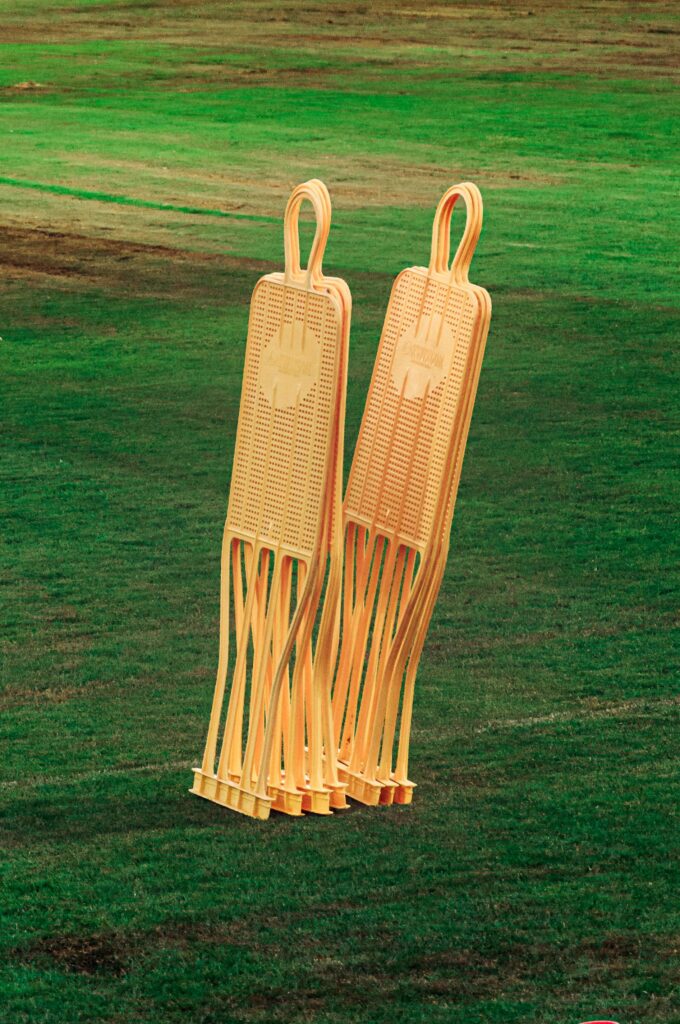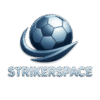Soccer training equipment plays a major role in how quickly players develop skills and confidence on the field. The right tools support better practice, sharper technique, and consistent progress. Quality gear helps every session feel productive, allowing players to focus fully on improving touch, movement, and game awareness.
Using the right training aids also adds variety to practice. With different tools players can challenge speed, control, reaction, and strength. That variety stops training from becoming stale and forces adaptation. Gear designed for soccer helps transfer drill work into real match skills. If a player practices with high-quality gear, they feel the difference in their touch, speed, and decision making.
Types of soccer training equipment
Equipment for soccer training divides broadly by skill domain. Some gear aims to boost agility and speed. Other tools target ball control, reaction time, or strength. Common items include cones, agility ladders, rebounders, training mannequins, resistance bands, and weighted balls. Many brands present these in catalogues under categories such as agility, speed, passing, and shooting.
Cones and markers define spaces on the pitch. They help set up drills such as dribbling courses or directional runs. Coaches use varied cone sizes for different challenges. Agility ladders create footwork challenges. Players step through ladder rungs in patterns that demand quick feet and balance.
Rebounders are nets or boards that bounce the ball back. They let a player practice passing, first touch, and volleys solo. Because rebounders return the ball, drills become more intense and repetitive. Many guides talk about rebounders as among the best tools to sharpen technique and reaction in soccer.
Mannequins (also called training dummies) replicate players standing in walls or in open space. They help simulate set pieces, defenders, or obstacles in drills. Free kick routines often place mannequins so players can practice bending shots or going around “defenders.” Poles and passing arches perform a similar function. They shape passing lanes or force players to thread passes under pressure.

Resistance bands, parachutes, or weighted balls provide strength work. These tools add load or resistance during movement. Using a weighted ball can intensify kicking muscles and raise ball control demands. Resistance bands around ankles or hips challenge stability and help develop powerful bursts.
Portable goals and pop-up nets let players take shots or work in small spaces. These are useful in yards, gyms, or training fields. The ability to shoot frequently without needing a full goal is a practical benefit. Some training setups also incorporate rebound walls or striking boards that combine passing return and target zones.
How to pick the right gear
The best gear matches age, skill level, and training space. For a youth player, a few cones, a rebounder, and a pop-up goal may suffice. Advanced players may demand precision mannequins, adjustable hurdles, and weighted gear. Size and portability matter. Heavy or bulky items may be hard to carry or store.
Durability counts. Equipment will be kicked, dragged, or stepped on. Choose materials that handle repeated wear. For nets or rebounders, check how well seams hold under force. For bands or ladders, check elastic strength or stitching.
Adjustability is a bonus. Hurdles or poles that change height let you scale challenge over time. Rebounders with angle settings let you change the ball return path. Mannequins with modular arms or height settings give flexibility in drills.
Safety is nonnegotiable. Use soft edges where possible and ensure stability. Gear should not tip over easily. Bands or resistance tools must have secure anchoring to avoid snapping back. Always inspect gear for wear before use.
Try soccer training equipment combinations for full benefit
Isolated gear works well, but smart combos give more. Use an agility ladder in warm-ups, then add cones to route direction. Follow with rebounder drills for ball control. Next layer resistance bands to force control under load. End with a shooting session into a pop-up goal. That sequence simulates match demands.
Combining gear also helps create small conditioned games. Use mannequins to block passing zones, cones to limit direction, and rebounders to recover balls. That mimics transitions and pressure. Adjust difficulty by changing spacing or number of tools used.
Gear features that boost performance
Some modern soccer training equipment offers feedback or interactivity. Smart rebounders or ball machines can vary speed and angle automatically. One example is a machine that fires balls at random speeds and directions to test reaction time. That device demands fast scanning, first touch, and passing under pressure.
Another area is wearable tech in gear. Sensors in insole or central devices may record motion data, acceleration, or impact. Players and coaches can use that data to tailor drills, track progress, or spot weaknesses. Combining data with traditional tools elevates training from guesswork to precision.
What to avoid or limit
Overbuying gear rarely helps. A dozen gimmicks do less than a few quality tools used consistently. Gear that breaks quickly or feels cheap distracts more than it helps. Avoid tools that cannot be adjusted or that suit only one drill. Also resist too much focus on flashy gadgets. Gear should assist training, not replace coaching or hard work.
Also avoid mixing vastly different quality levels in one set. For example, using a high end rebounder with flimsy poles lowers session flow when poles fail. Gear should last and work together.
Maintenance and storage
Store gear in dry, cool spaces. Exposure to extreme heat or dampness can warp nets, rust frames, and degrade plastics. Clean dirt out of nets and wipe down surfaces. Elastic items should rest and not remain stretched during storage. Replace worn parts early to avoid breakage mid-session.
When traveling to training fields, use bags or cases to protect items. Label parts and carry spare anchors or stakes. For nets or pop-up gear, follow folding instructions to avoid stress on seams.
Measuring results through gear use
Gear is useful only if it helps track improvement. Use timed drills with ladders, average pass return time from rebounders, or count shots on target under mannequin pressure. Record these metrics over weeks. Gear with adjustable difficulty helps test how much harder a player can handle. As gear gets harder to negotiate, improvement is clear.
Budget tips
You do not need premium soccer training equipment to start. Basic cones, a small rebound net, and a portable goal give a lot of training power. Add higher end gear later when basics deliver consistent improvement. Consider buying modular gear that expands over time. Share cost with teammates or rotate gear across sessions. Second hand gear from coached programs can also work, provided condition is sound.
Encouraging consistency
Soccer training equipment only matters if used regularly. Players must train often with intensity. Consistency builds skill and confidence. Use gear in structured ways that maintain a challenge but avoid burnout. Rotate drills, keep sessions focused, and set goals tied to gear measures.
Final thoughts on soccer training equipment
Gear that supports speed, control, reaction, strength, and shooting gives soccer players a complete toolbox for growth. Choosing durable, adjustable, safe equipment ensures training flows. Using gear combinations and measuring progress keeps sessions leading somewhere. Start simple, expand smartly, stay consistent, and gear becomes a powerful ally on the path to better play.
Every player has the power to improve, no matter their level or starting point. Progress comes from daily effort, persistence, and the right support tools. Building better habits through structured training leads to long-term success. Visit our ultimate individual soccer training guide to find proven ways to enhance your performance and turn consistent practice into lasting results.
